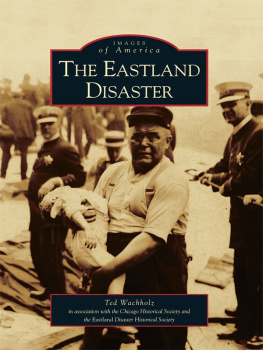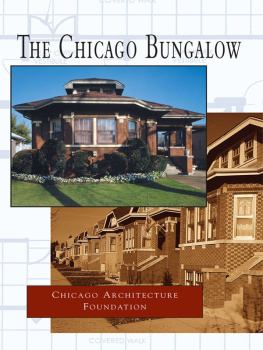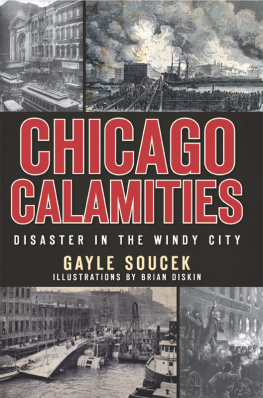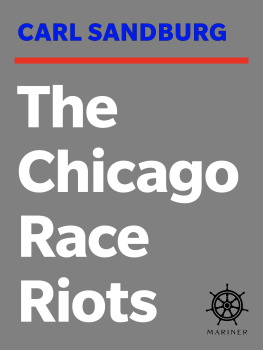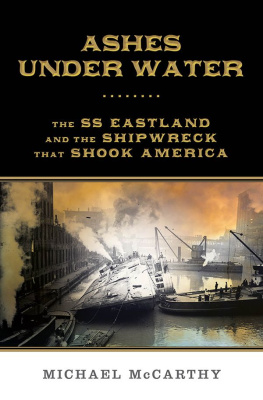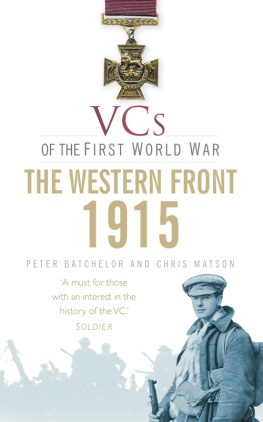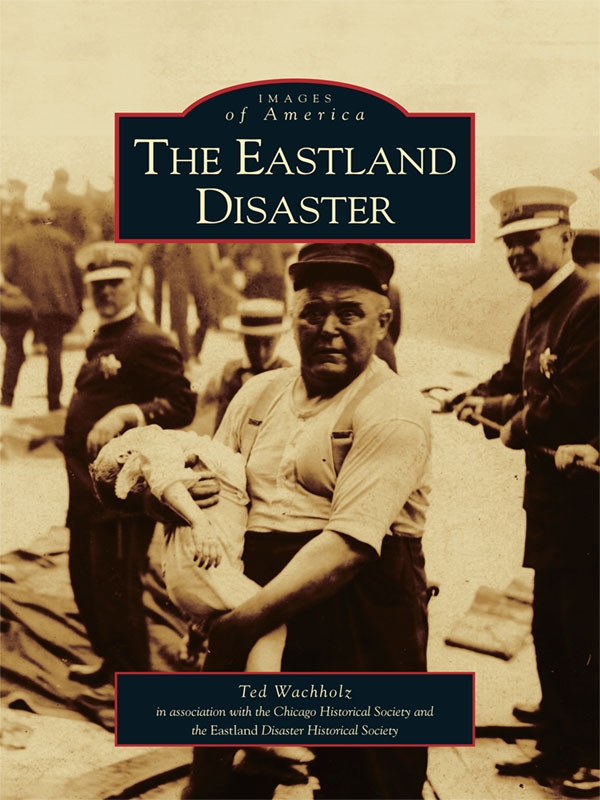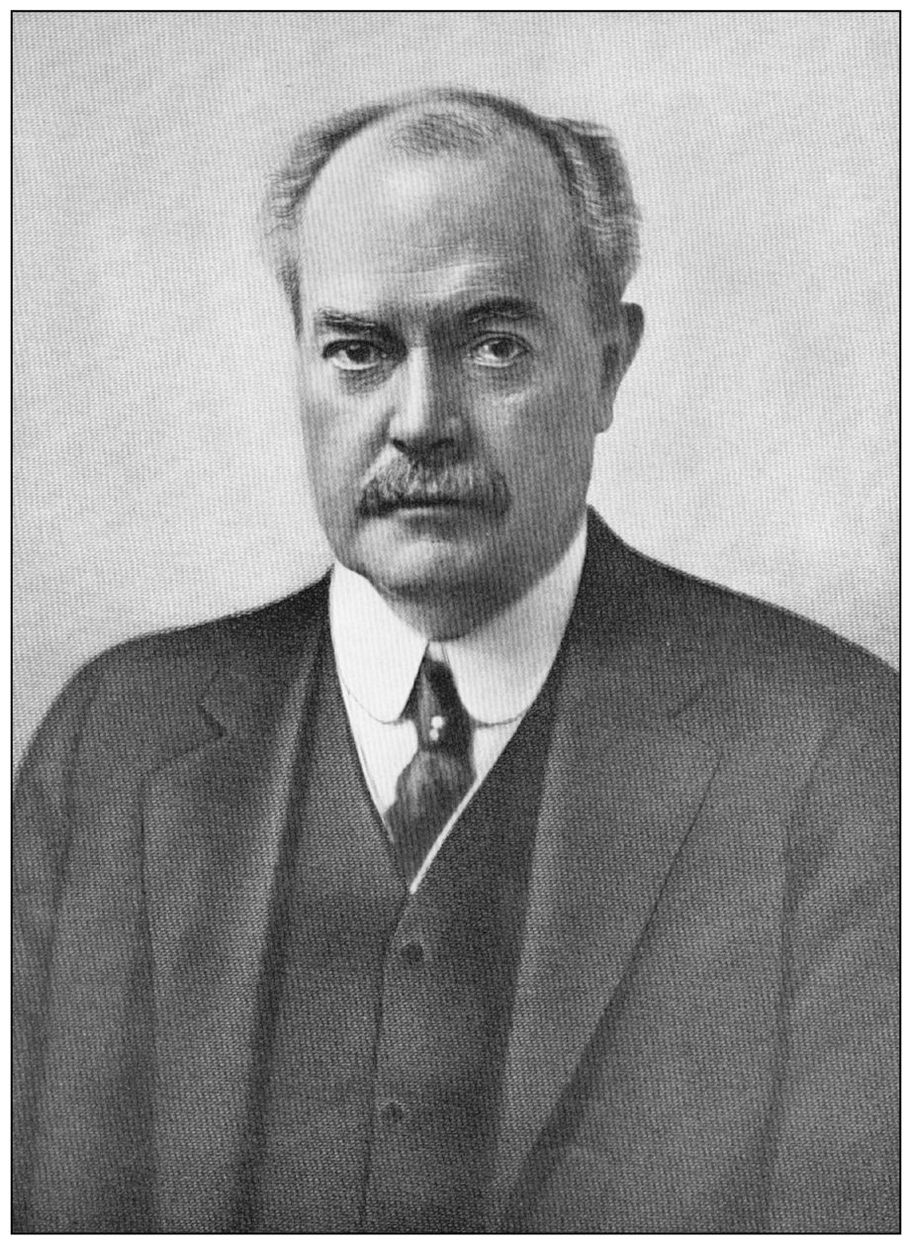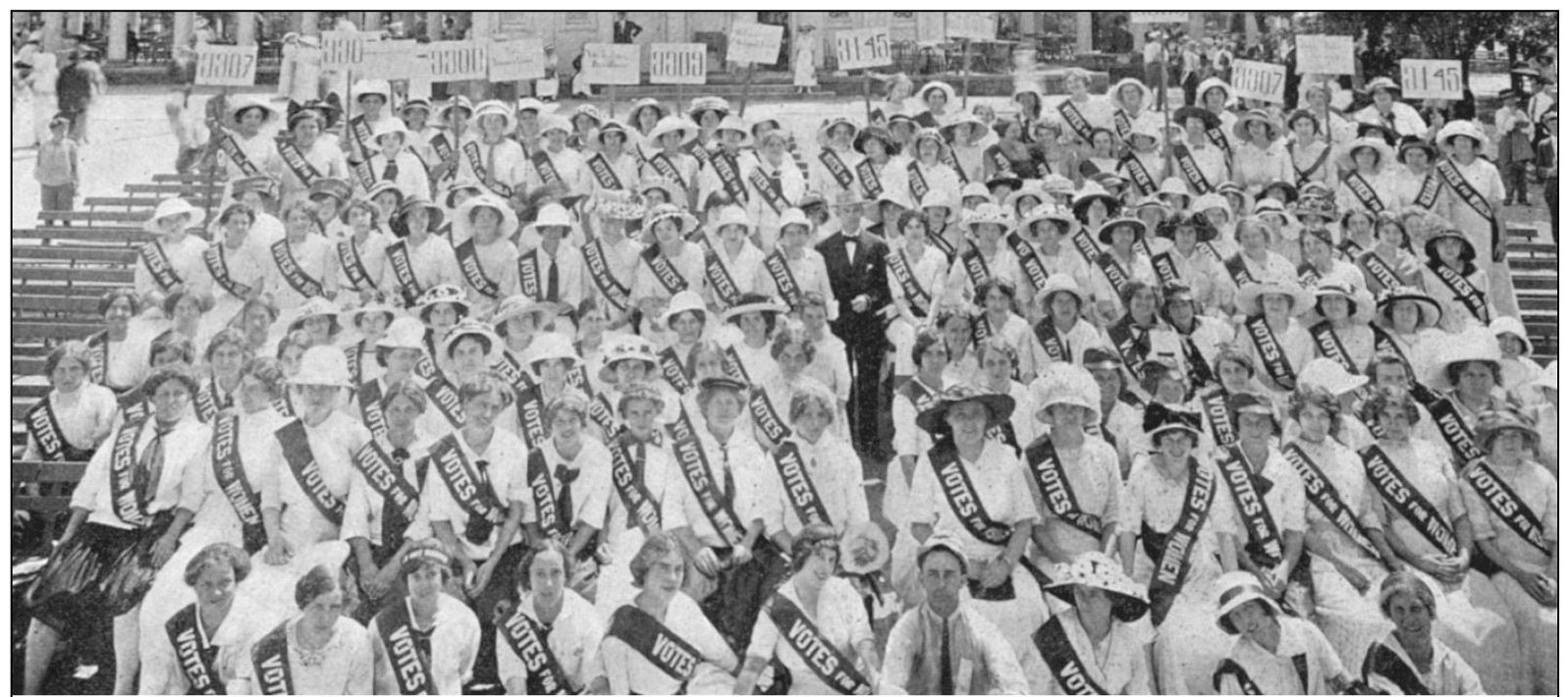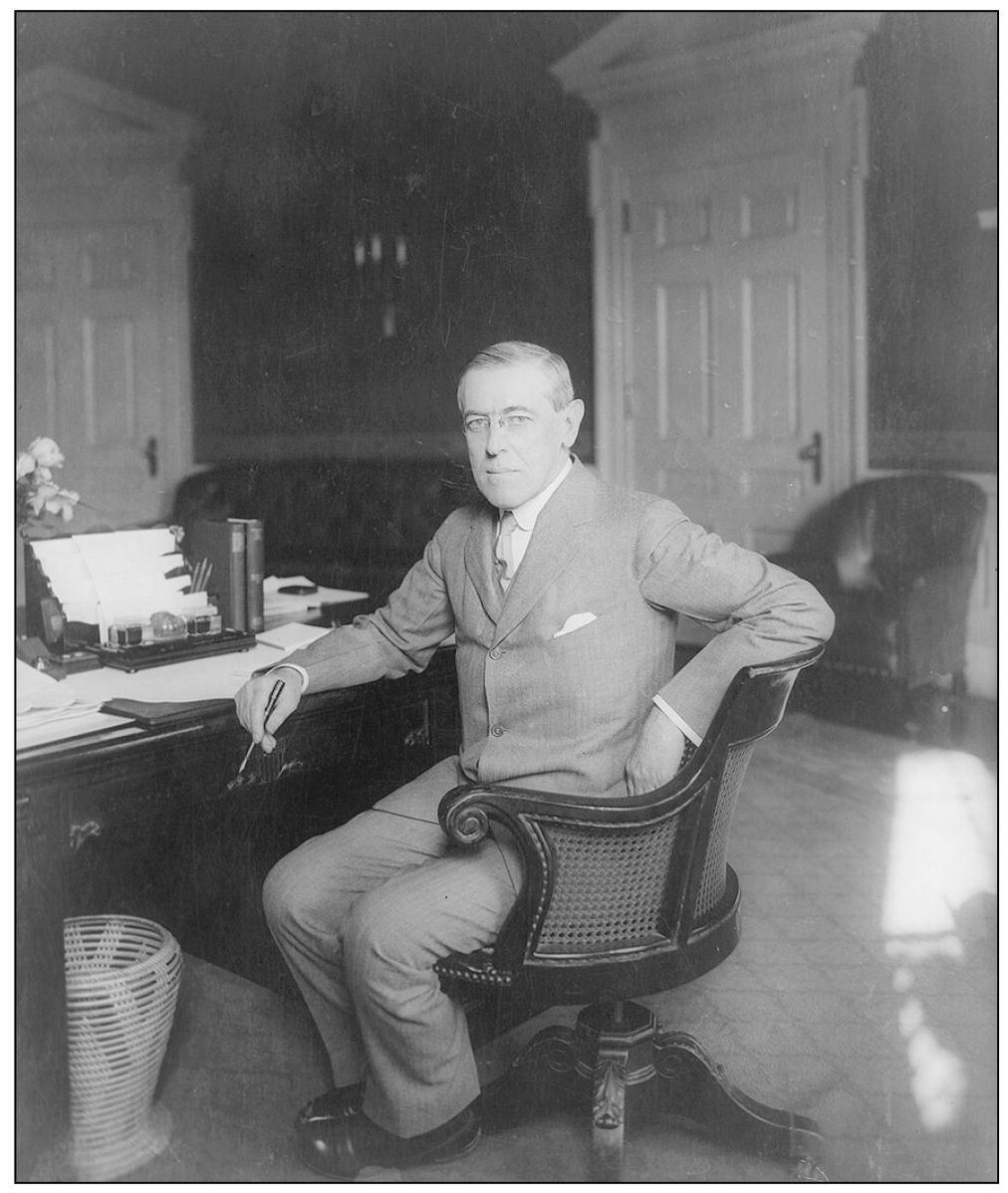ACKNOWLEDGMENTS
Writing this book really wasnt part of my plan for my life. I hated history at Elgin High School, surviving the requisite U.S. History course only with the help of my teacher (who also happened to be my football coach). As a student at Augustana College in Rock Island, Illinois, I dropped the only history class in which I enrolled. To me, history was boring, simply a bunch of names and dates that had to be memorized. But the summer of 1995 changed all of that, thanks to my friend, Pastor Eldor Rick Richter, and the miracle of the Holy Spirit. Rick shared Luke 12:48 with me, a Bible verse that essentially says much is expected of those who have been blessed. I realized then and there how truly blessed I wasa beautiful wife, two wonderful children, family nearby, a nice home, job, and so forth. It was then that I also realized that much more was expected of me. That moment in time spawned within me the desire to grow my Christian faith and to also do something that was meaningful to others and would outlive me.
Three years later, and together with Bobbies two granddaughters (see page eight), we formed the Eastland Disaster Historical Society. And now, through the collective efforts of the Society, we are delivering value to thousands of families across the country, and even the world. And, of course, my work with the Society is what led me to write this book, a book that was made possible due to the contributions of many people. I wish to thank my wife Barb (granddaughter of Bobbie); my daughter Meredith (who helped edit this book); my son Ted; my Mom and Dad; my sister-in-law Susan (granddaughter of Bobbie who also helped edit this book); my mother-in-law Jean (daughter-in-law of Bobbie); my sister Joannie; my dear aunts, uncles, and cousins (too many to list but you know who you are); Ed Eckert at Lucent Technologies, a rare historian of the utmost kind; Chip Larkin at the AT&T Archives; Mark Sorensen; Dave Bell (for his CNE support); G. E. Van Wissink (who helped edit this book); the amazing folks at the equally amazing Chicago Historical Society including Russell Lewis, Rob Medina, Colleen Beckett, and John Alderson; George Hilton (author, Eastland: Legacy of the Titanic ); Jay Bonansinga (author, The Sinking of the Eastland: Americas Forgotten Tragedy ); Stuart Shea (author, Wrigley Field : The Unauthorized Biography ); Stephen B. Adams and Orville R. Butler (authors, Manufacturing the Future: A History of Western Electric ); Chicago Tribune, Chicago Evening Post, Chicago Herald ; and Ron Steinberg. There are thousands more whom I wish to thank, and I truly wish I could name each, but I know one or more would be omitted by accident. These are the thousands of families who have personal connections to the Eastland Disasterthe families who have provided the names, stories, and photos of their ancestors and relatives. This book, and the Society, would not exist without your contributions. Thanks to all and to God be the glory.
Ted Wachholz
Arlington Heights, Illinois
May 2005
Find more books like this at
www.imagesofamerica.com
Search for your hometown history, your old stomping grounds, and even your favorite sports team.
One
THE EARLY 1900S
Whats past is prologue. William Shakespeare, The Tempest
The Titanic . The Lusitania . We all know these stories. The Titanic struck a huge iceberg hundreds of miles out at sea on her maiden voyage and sank in hours. The Lusitania took a German torpedo to her starboard side and then sank in less than half an hour. So why doesnt the Eastland Disaster strike a familiar chord with people, just as the Titanic and Lusitania ? After all, more passengers, excluding crew members, perished on the Eastland than either the Titanic or the Lusitania .
Before delving into the heart of the Eastland Disaster, it is important to understand some of the basic historical issues connected to itfrom the Titanic and the Lusitania to Wrigley Field and the Worlds Fair. While this chapter will not analyze the social, economic, political, and cultural aspects of the early 1900s, it will bring certain events back to the forefront of your consciousness. Not only should this help you to recall some of the basic historical issues of the time, but I hope it will also raise your curiosity. Almost all of these events are connected to the Eastland Disaster.
The unsinkable Titanic struck an iceberg and sank on April 14, 1912. Newspapers around the world headlined the story. Lifeboat capacity became a major issue as hundreds of passengers and crew went to their icy, watery graves even though they had hours to escape. The headline Mostly Women and Children Saved, while true for the Titanic , was not the case for the Eastland . (Courtesy Library of Congress, Serial and Government Publications Division, 53.1.)
Edward F. Dunne, a former mayor of Chicago, was elected Governor of Illinois in 1912 and served until 1916. He was in San Francisco attending the 1915 Worlds Fair when the Eastland Disaster occurred. (Courtesy the Historical Society of Oak Park and River Forest.)
In June 1913, Governor Dunne signed the bill giving women in the state of Illinois the right to vote for Presidential electors and some local officials. However, women still could not vote for state representative, congressman, or governor; and they still had to use separate ballots and ballot boxes. But by virtue of this law, Illinois had become the first state east of the Mississippi to grant women the right to vote for President. The women celebrating the granting of womens suffrage in Illinois are from Western Electrics cable plant. (Courtesy Ron Steinberg and Lucent Technologies Inc./Bell Labs.)
In 1913, President Woodrow Wilson entered into the first of his two terms as President of the United States. Two years later he would have to deal with two major ship tragedies. (Courtesy Library of Congress, Prints and Photographs Division LC-USZ62-20570.)
Wrigley Field, originally known as Weeghman Park, was completed in 1914 and was home to the Federal Leagues Whales for the 1914 and 1915 seasons. It became home to the Chicago Cubs in April 1916. (Courtesy Chicago Historical Society, Chicago Daily News negatives collection, SDN-059261.)

